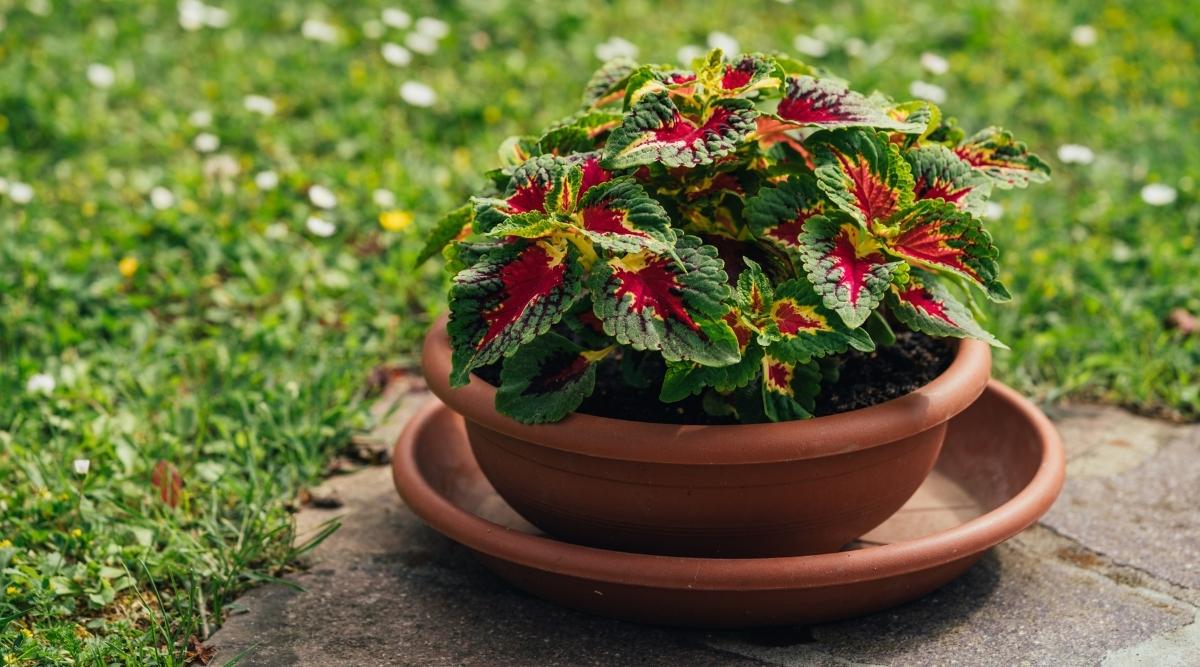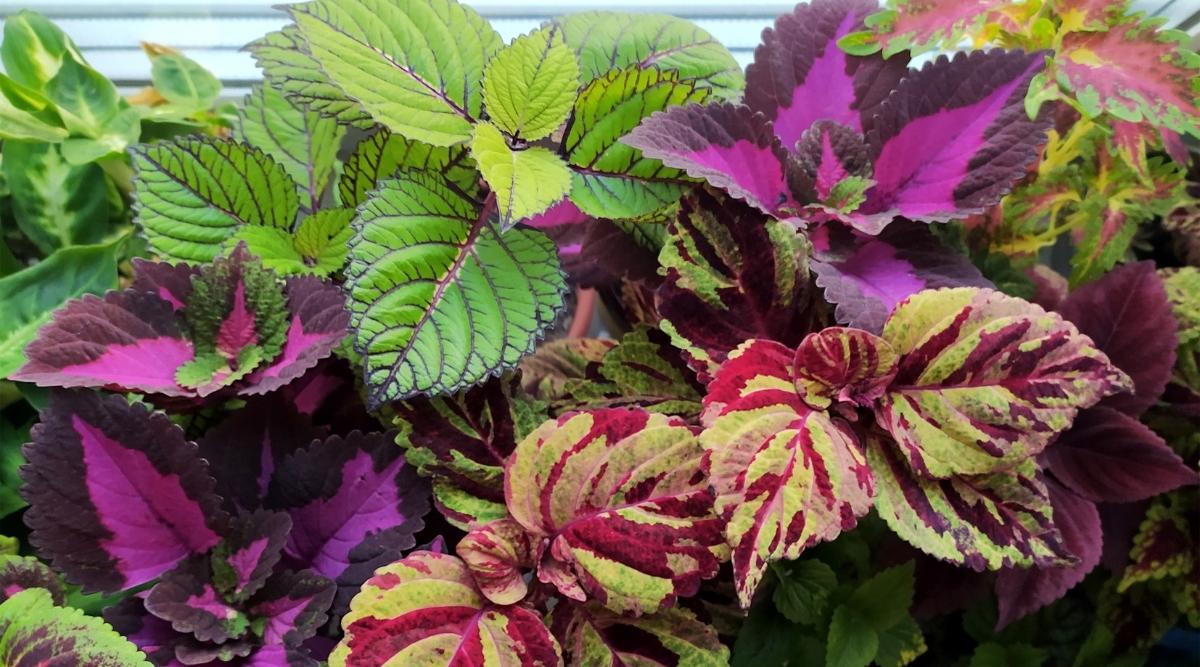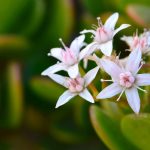Are you considering adding coleus to your indoor or outdoor garden, and wondering about its lifespan? These plants can have varying lifespans depending on their environment and care. In this article, Jason White explores the average lifespan of coleus plants.
If you’re contemplating incorporating coleus into your green space or home décor, you may be curious about its longevity. The lifespan of coleus plants is directly influenced by their care routine and environmental conditions.
Similar to other popular houseplants, coleus has gained significant traction in recent years. Whether it surpasses the lifespan of a spider plant or an air plant largely hinges on the individual care provided to each plant.
The lifespan of a coleus plant is greatly impacted by its placement, whether indoors or outdoors, and the specific geographical location. With proper indoor care, coleus plants can thrive for several years, owing to their perennial nature when provided with suitable conditions.
Understanding Coleus Plants
Coleus, known for its vibrant tropical foliage, is a visually striking plant favored by gardeners. The foliage comes in an array of colors, influenced by the plant’s cultivar, ranging from pale yellow and lime green to fuchsia and purple, with some varietals even sporting black foliage. During late summer, coleus plants may produce flowers alongside their colorful leaves.
Referred to as the Painted Nettle and Poor Man’s Croton, coleus is botanically related to mint.
Average Lifespan of Coleus Plants

On average, a coleus plant typically lives for about a year. However, with proper care, indoor coleus plants can thrive for 3-4 years, showcasing longevity beyond that of many other houseplants. Effective care involves appropriate watering, sunlight exposure, soil quality, and suitable plant nutrition to maintain a healthy, vibrant plant. Indoor coleus plants often outlast their counterparts.
Caring for Indoor Coleus Plants
Coleus can be maintained as a permanent indoor feature or transitioned indoors during winter if grown outdoors. Indoor coleus requires specific conditions for optimal health, including indirect bright sunlight and consistently moist soil during growth stages. Biweekly fertilization with high nitrogen content is essential year-round for robust growth.
Opt for a well-draining general-purpose potting mix for your indoor coleus plant, accommodating its preference for mostly indirect yet bright sunlight. Some varieties tolerate brief periods of direct sunlight daily. Repot the plant every 1-2 years and provide additional fluorescent “grow lights” if needed, ensuring a warm temperature range and adequate humidity for optimal growth.
Avoid exposing coleus to drafts and ensure well-insulated windows for temperature regulation. Keep in mind that coleus is toxic to pets, necessitating precautions if animals are present.
Maintaining Outdoor Coleus Plants

Understanding your USDA hardiness zone is crucial for maintaining outdoor coleus plants. While regions in USDA zones 10 and 11 offer suitable conditions for overwintering coleus outdoors, regions in zone 9 require indoor shelter for the plant during winter to ensure survival until spring.
Consider “overwintering” by bringing outdoor coleus plants indoors early if your region falls outside zones 9-11. Alternatively, make them permanent indoor features or annual garden additions based on your climate. Adequate sunlight exposure, particularly partial shade, is beneficial for coleus plants to develop their vivid hues effectively.
Monitor plants closely for signs of sun damage, adjusting their sun exposure to maintain an optimal balance between light and shade.
Propagation of Coleus Plants
Coleus plants can indeed be grown from seeds, offering a cost-effective alternative to nursery transplants. Wait until the last frost has passed to start growing coleus from seeds, enhancing your garden with a variety of these vibrant plants. Consider the specific care recommendations for optimal germination and growth.
Planting Timing
It’s crucial to complete your planting preparatory steps before proceeding with any method of planting. Premature planting could result in plant damage or even plant loss.
Coleus Sensitivity
Coleus plants are highly susceptible to cold temperatures, making them vulnerable to frost. Regrettably, once a coleus plant is affected by frost, there’s generally no way to revive it. To ensure the health of your coleus, meticulous attention to watering is paramount.
Coleus Growth

Coleus plants can grow to heights ranging from six inches to three and a half feet, with some varieties reaching two to three feet in height. A typical coleus plant can take between six months to a year to reach full size and aesthetic appeal.
Lifespan Challenges
Coleus plants, while visually appealing, are not without their challenges. Indoor coleus plants may attract various pests, including spider mites, whiteflies, mealybugs, and aphids. Of particular concern are mealybugs, which can go unnoticed and cause severe damage to the plant, especially the foliage.







